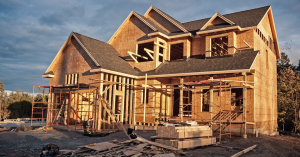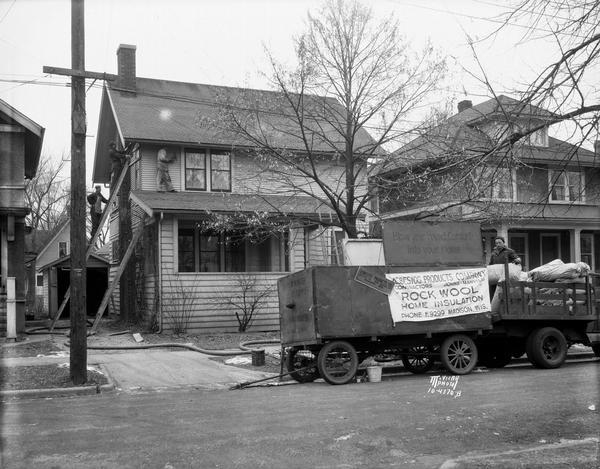We’ve all experienced the discomfort of drafty buildings on cold days or dramatic temperature shifts from room to room. I’ve spoken to many Wisconsinites who share stories of renovating their home and discovering there is no insulation in their attic or walls. Others described putting plastic over their windows and struggling with the high cost of heating and cooling their homes. Many of you may have had similar experiences, as most homes and other buildings in Wisconsin were built before laws required insulation or efficient heating and cooling systems. In the absence of regulation, builders and developers constructed inefficient buildings, leaving us to deal with the consequences.
When those buildings were built, energy consumption wasn’t a major concern because energy was so inexpensive. Then, when energy prices spiked during the 1970s energy crisis, people couldn’t afford to heat their homes or businesses. In response, the United States developed the first energy codes, setting minimum standards for levels of insulation, lighting efficiency, and HVAC system performance. Wisconsin adopted its first energy codes in 1978, ensuring our commercial and residential buildings do more with less energy.
Wisconsin’s energy codes

Since their adoption, energy codes continue to increase efficiency levels based on recommendations from industry professionals, and advancements in equipment and construction practices. Unfortunately, Wisconsin’s residential energy codes are stuck in the past, using model codes that are now 16 years old for houses and 10 years old for commercials buildings. That means a new Wisconsin home will waste nearly 30% more energy than new homes built in neighboring Illinois.
These standards are crucial because we ask a lot of our buildings in Wisconsin. Temperatures change, not just with the extreme heat of summer or cold of winter, but day to day. The temperature dropped nearly 60 degrees in one day during February 2024, from 70 degrees to 11. Fluctuating temperatures like this highlight the importance of good insulation, tight air sealing, and efficient heating and cooling equipment to keep our buildings comfortable and healthy— without breaking the bank.
From energy crisis to climate crisis
Today, some argue we are in another energy crisis, but the climate crisis is even more urgent. Just as we recognized in the 1970s that we couldn’t keep building the same way, we must demand more from our buildings today. Buildings are responsible for nearly 45% of all energy consumption in Wisconsin. The Department of Energy estimates that updating Wisconsin’s Energy code will reduce CO2 emissions by more than 25 million metric tons over the next 30 years—that’s equivalent to taking 6 million cars off the road. If we don’t increase energy efficiency in our buildings, we will continue on an unsustainable path towards the most extreme impacts of climate change.
Some in the building industry argue that market forces alone will drive energy efficiency improvements, without the need for updated codes. However, our shared experience with buildings constructed before the 1970s shows that without strong energy codes, many homes will be built with minimal insulation and inefficient designs, leaving residents and the environment to pay the price. As energy prices and the urgency of the climate crisis continue to increase, more energy-efficient buildings provide essential environmental and economic benefits to us all.
Clean Wisconsin has been collaborating with our partners to establish a strong foundation for energy code updates by cultivating relationships among industry stakeholders. If you are interested in participating in the stakeholder group or learning more about the update process, please reach out to our Stakeholder Engagement Manager, Matt Ouren at mouren@cleanwisconsin.org.

